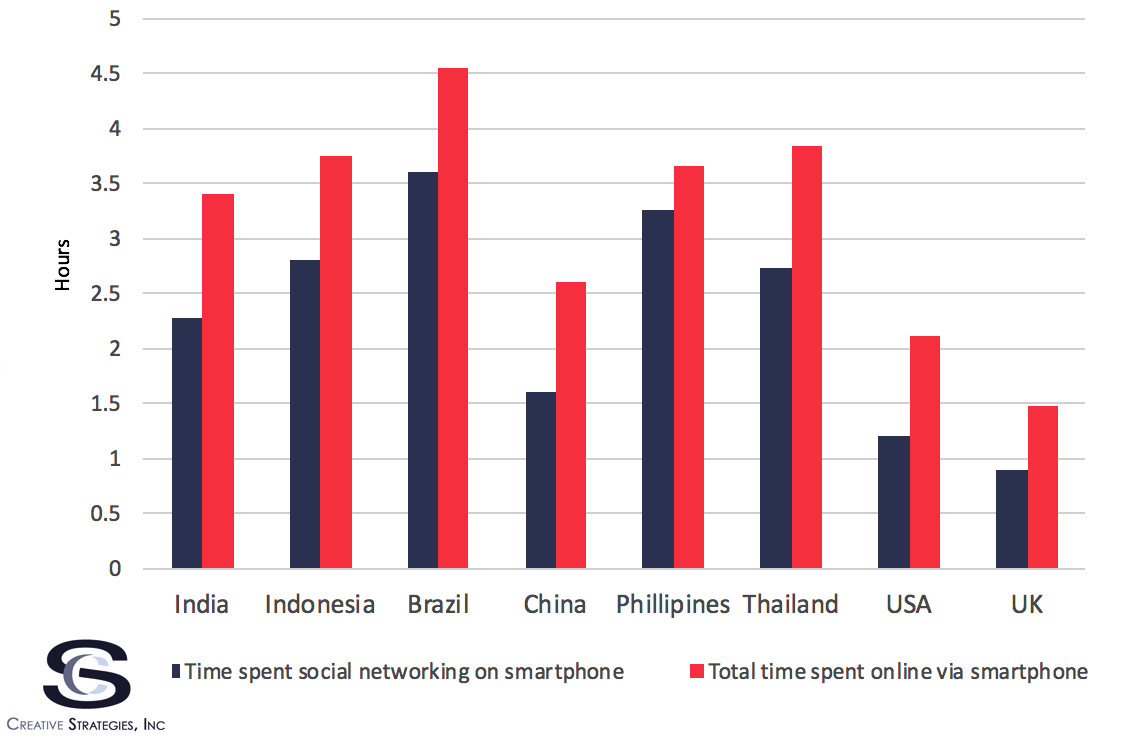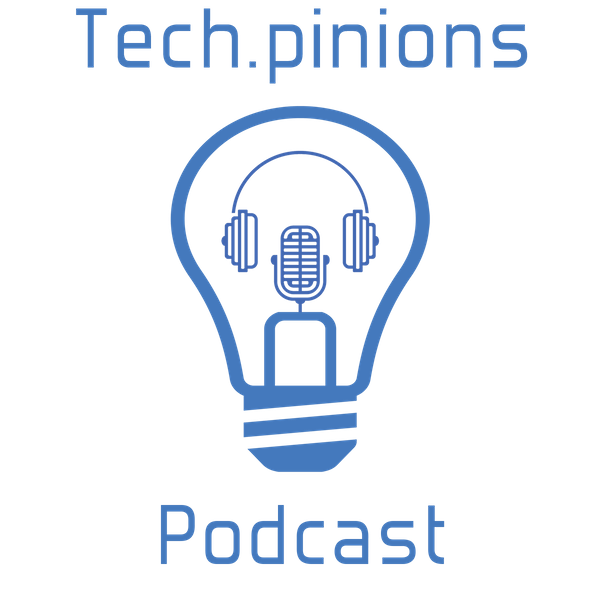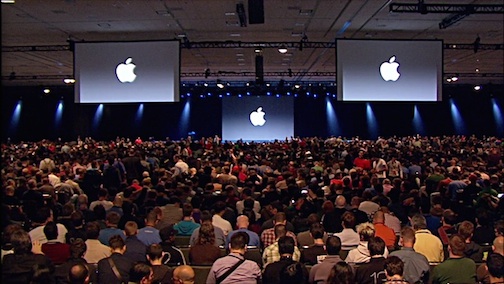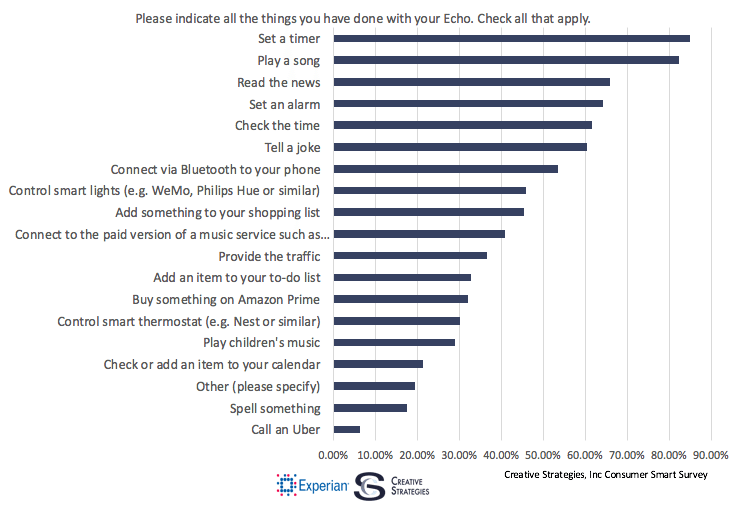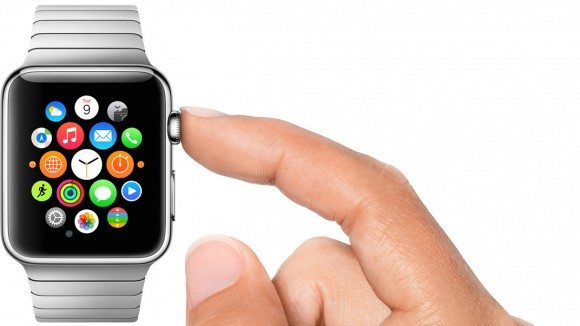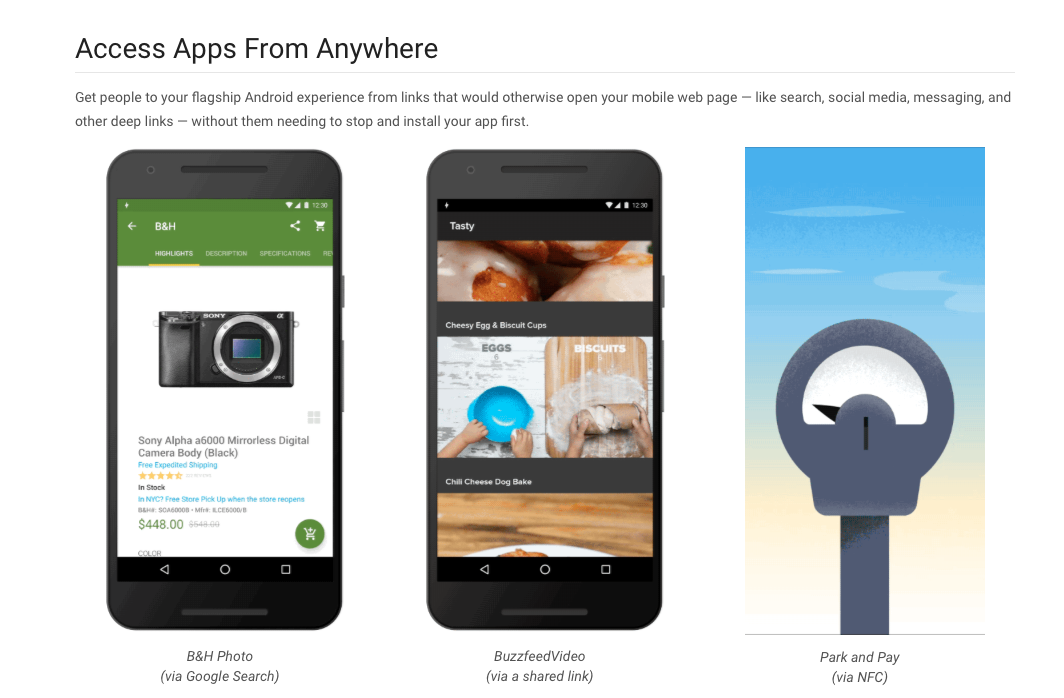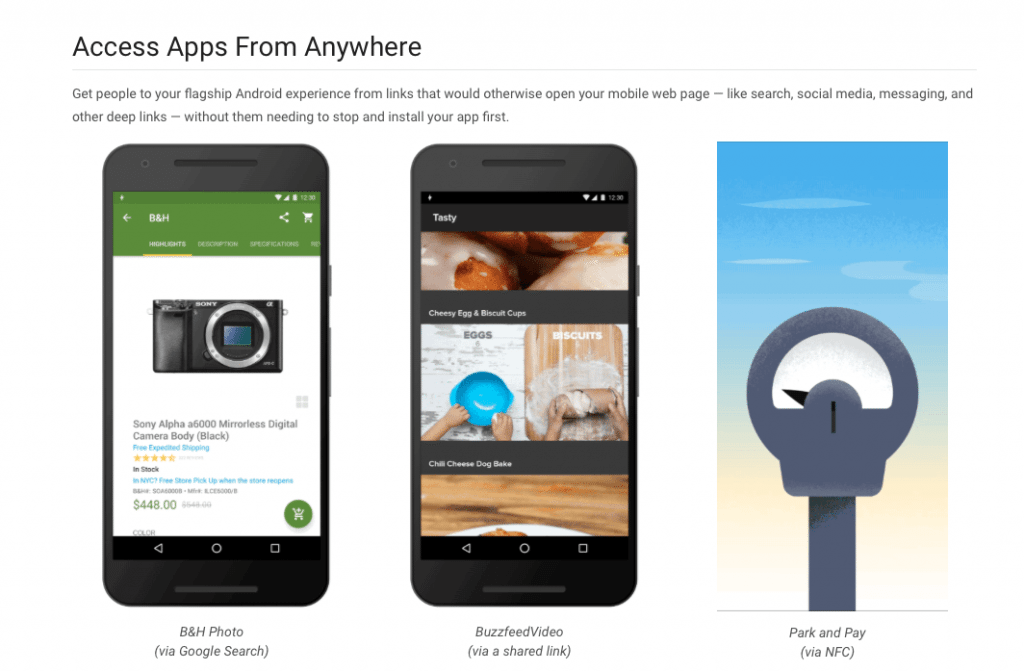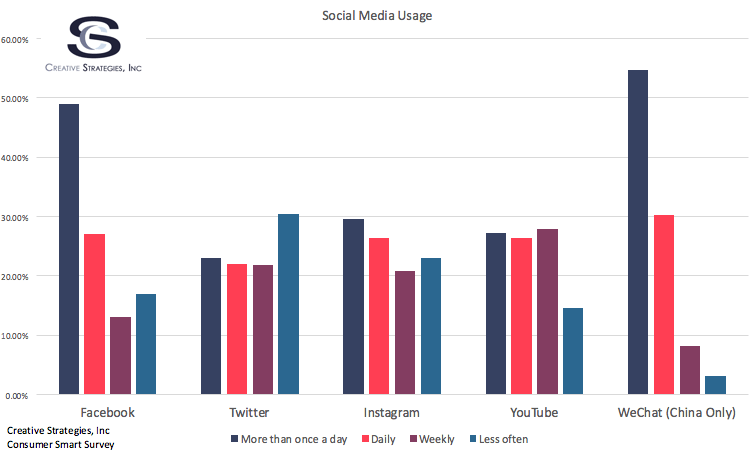Don’t Mistake the iPad Lack of Stage Time at WWDC as a Sign Apple is done with Tablets – Carolina Milanesi

At the end of WWDC, I read a few articles by disappointed reporters regarding the lack of an iPad presence during Apple’s WWDC keynote. The iPad was, of course, mentioned in the keynote either directly as in the case of Swift Playgrounds – the new app that teaches children how to code – or indirectly as in the new and improved Apple News app and split screens that will look very nice on an iPad.
Specifically, Swift Playgrounds is not only empowering the next generation of developers but is reaffirming Apple’s vision of the big role iPad has in education.
Apple focused a lot on the fact developers now have four different platforms to develop for: iOS, watchOS, tvOS and macOS. Thus far, iOS has catered to both the iPhone and the iPad but, over time, many users see these devices as serving different purposes.
Is this difference in usage enough to justify two separate operating systems? Some argue it is. However, adding a separate OS for iPad at this point in time seems to me like the wrong thing to do and here is why:
– iPad sales are down year over year and developers would not necessarily see a dedicated iPad OS as a priority vs. a watchOS which has the opportunity to grow to a larger market than tablets. Right now, the iPad is still getting diversified apps with little work required by developers.
– I have a feeling Apple sees the iPad’s real potential more and more as a productivity tool for consumers and IT managers alike. To grow in that space, the iPad needs more enterprise, go to market and device management apps and a new OS might set the iPad back at this point considering the process that most enterprises go through to integrate a new OS.
iOS 10 will come to the iPad of course and, with it, all the new features we have heard about on the keynote stage. Yet, the biggest concern investors have with Apple at the moment is iPhone sales, not iPad sales. Rightly or wrongly, many have already written off that category. So focusing on the iPad too much during the keynote would have sent the wrong message. It also makes more sense, considering the number of people using iPhones vs. iPads to focus on points a larger audience will understand. This does not mean Apple has changed its mind on this segment and that we will not see more differentiation going forward.
Snapchat Opens Up New Options for Marketers – by Bob O’Donnell
Like many messaging platforms, Snapchat has managed to capture an impressive number of users to its popular platform but questions about monetization have dogged it for some time. The company tackled many of these concerns head-on this week with several announcements related to new advertising programs, as well as a new API to allow the purchase of full advertising campaigns. In and of themselves, these developments are modestly interesting and somewhat expected from a platform everyone knew would eventually move to inserting various types of ads. But where Snapchat continues to stand out is in the types of advertising it is offering and they’re apparent effectiveness. Leveraging the fun, flashy style of the service itself, Snapchat has pioneered things like brand-sponsored Lens’, which overlay graphics of brands like Taco Bell or Gatorade onto your smartphone’s photos and videos. The end result is things like taco faces and other types of silly, crazy yet very engaging “snaps” that the decidedly younger demographic of Snapchat users are viewing as eagerly as the results from their friends and others.
Up until now, most of these clever types of campaigns required custom work and hence were limited in their ability to scale. With the variety of announcements Snapchat made this week, the idea is to bring these new advertising models to a much wider audience. The opportunity becomes doubly attractive to advertisers because of the millennial-heavy demographic of most Snapchat users. This gives advertisers access to an enormous number of exactly the people they want to talk to using advertising models and ideas significantly more effective than traditional ones. For many marketers, it’s a match made in heaven. As a result, Snapchat’s business prospects are starting to look as compelling as its user growth story, making it a formidable competitor in the growing world of messaging.
Microsoft acquires LinkedIn for $26 billion – by Jan Dawson
Microsoft managed to keep its acquisition of LinkedIn very quiet but decided to make the announcement the morning of Apple’s WWDC keynote this week. That timing made for a fantastic juxtaposition of Apple’s and Microsoft’s relative strategies and the moves that flow from them. While Apple updated all four of its major platforms and introduced new developer tools, almost all of them aimed at consumers, Microsoft doubled down on its increasingly enterprise-centric strategy with the LinkedIn buy.
I’m not convinced this move is a good idea, given all the ways Microsoft could have spent that chunk of money. $26 billion could have bought a number of smaller companies that would have been easier to integrate and bake into Microsoft’s core experiences without the scale of risk attendant to such a large purchase. But this is Satya Nadella’s first really big strategic gamble since he took over and a great indicator of where he wants to put Microsoft’s money. It seems he has been very directly involved in the discussions with LinkedIn board chairman Reid Hoffman from the beginning, which makes him even more pivotal to the deal than his CEO role alone would suggest.
LinkedIn is an interesting combination of strengths and weaknesses. Its stock had fallen quite a bit over recent months due to various concerns about its trajectory and the price Microsoft is paying isn’t even a premium over its peak share price earlier this year. Among the concerns are a lack of engagement from users (less than a quarter of members use the site regularly), slowing growth in site traffic, net losses for the past four quarters, and others. In general, LinkedIn has suffered from a sort of benign neglect when it comes to the user experience, in which new features are launched constantly while the core features of the site remain permanently broken. The cynic in me wonders to what extent extra page views are generated by people frustratedly clicking around the site trying to find things that should be much easier to find.
To my mind, the three biggest opportunities for Microsoft with this acquisition are:
– Fixing the core user interface, by allocating sufficient resources to the problem to really improve things rather than tinkering at the edges or getting distracted by shiny new things instead
– Executing much more quickly on LinkedIn’s vision for its future, which has always been compelling on paper, but which it has been very slow to bring to fruition
– Integrating LinkedIn deeply into Office, Dynamics, and other Microsoft functions.
The first two of these are primarily about throwing Microsoft’s money at LinkedIn’s problems. Microsoft clearly has more money to spend than LinkedIn did, but simply leaving the same people in charge may not be enough. With both CEO Jeff Weiner and Hoffman staying involved, it may be hard to make the kinds of changes in execution needed. The third is both where the greatest promise and the most uncertainty lie. In theory, bonding LinkedIn’s professional graph to Microsoft’s tools makes tons of sense but the vision here relies on the accuracy and completeness of the information supplied by LinkedIn. Though some users undoubtedly keep their profiles absolutely up to date and only accept connection requests from those they really know in real life, that’s far from universally true. A big test for Microsoft’s vision here will be whether the LinkedIn data is good enough to be truly valuable in this context. That problem becomes even greater outside the US, where 60% of LinkedIn’s revenue and a substantial portion of its users come from.
On balance, I remain skeptical about the wisdom of this acquisition but the rationale is reasonably solid. The price paid seems high and I continue to think ruefully about what Microsoft might have done with that money instead. But we’ll see if Microsoft can really justify the investment – it’ll be one of the biggest tests of Nadella’s leadership yet.
The War for Your Messaging App – Ben Bajarin
Any way you look at it, there is a war brewing for your messaging app. Without a doubt, messaging apps are one of the central experiences to our smart devices. These apps represent one of the largest blocks of time spent with our devices and are up there with social media and watching movies in terms of time spent. So it makes sense there is a battle to own that experience. In China the biggest app is WeChat, in the US and parts of Europe it is iMessage, in India it is WhatsApp and for many other parts of the world, it is Facebook Messenger. Both Facebook and Apple made announcements this week to deepen their messaging app experience. Microsoft also got in on some of the messaging app news by acquiring Wand Labs.
The theme of all of this, of course, is the idea that a conversational experience can function as a platform. Messaging apps becoming platforms for experiences that are beyond simply talking to friends and family is one of the largest trends out there and it is only accelerating. The concept that we can order food, book a ride, check movie times, buy tickets, check our bank account, pay someone and more through a conversational center like a messaging app is an extremely natural progression for a platform that better fits with how human beings function.
The key to watching these platforms evolve is to see what hooks they aalow outside parties to have into the core experience. That is why what Apple did with iMessage and launching an iMessage app store is interesting to watch. I’ve never evaluated WeChat’s development guidelines but others I have spoken to suggest Apple’s may be the most robust API offering in a messaging app available today. I am sure others will open up more to compete but it is fascinating how absent Google is from this extremely important theme.
There is long way to go and I’m slightly concerned that, in some markets, this trend may be confusing and hard to understand for consumers but, if the focus is on the customer experience, then I’m optimistic consumers will embrace the new found functionality of the conversational platform.



